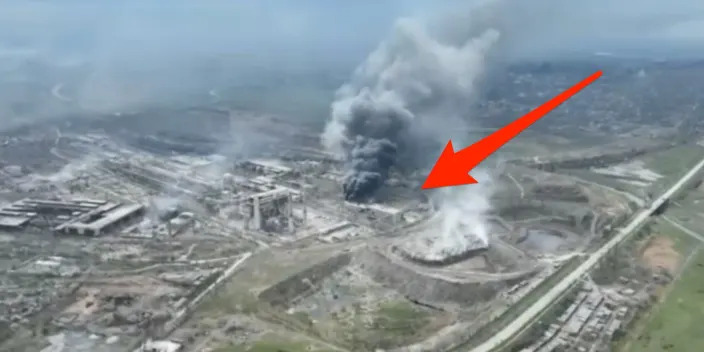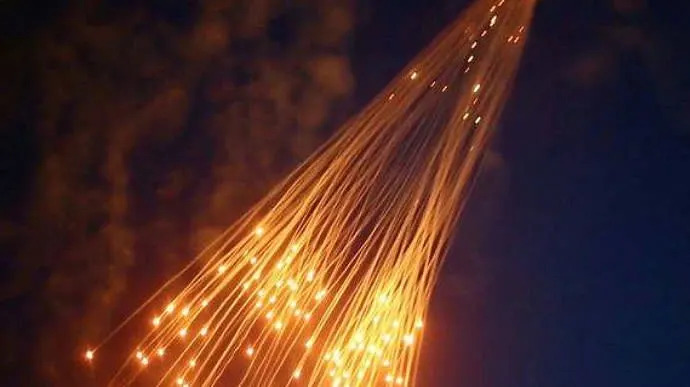Christopher Rhodes
Mon, May 16, 2022,

The United States is still reeling in the aftermath of the leaked draft ruling from Justice Samuel Alito on behalf of the conservative majority of the Supreme Court, indicating that the court will likely strike down Roe v. Wade, the 1973 ruling that guaranteed abortion rights across the country. Such a decision would leave abortion law up to individual states, and several states already have legislation in place that would ban the procedure outright. As Democratic efforts to codify abortion rights at the federal level stall and protests continue against the upcoming decision, the move on abortion has opened up debates about other rights that could be scaled back or eliminated in light of the expected Supreme Court decision. Here are five additional rights that could soon be restricted.
Outlawing in vitro fertilization
In the decades since Roe v. Wade was decided, in vitro fertilization (IVF), has been developed as a common approach to dealing with infertility. The process, which involves the creation of multiple fertilized embryos — many of which are ultimately discarded — may be disrupted or even outlawed in states that pass very strict anti-abortion laws. Several states, including Louisiana, are proposing laws that define embryos as people and equate their destruction with murder. As one Twitter user noted, “the fetal personhood laws like this one, which we are about to see all over the place, will criminalize IVF too.”
Restricting contraception
The Roe v. Wade ruling rested in part on the idea that various parts of the U.S. Constitution imply certain rights that are not spelled out in the document, such as a right to privacy. Most endangered would be emergency contraception, such as the morning after pill, which many conservatives lump together with abortion. However, the denial of a right to privacy could allow other forms of contraception — such as IUDs, birth control pills or condoms — to be restricted or even banned by states. In a recent interview, Mississippi Governor Tate Reeves would not rule out a contraception ban in his state.
Reversing same-sex marriage
The decision to undermine a right to privacy potentially calls into question the 2015 Obergefell v. Hodges decision, in which the Supreme Court decided 5-4 to extend recognition of same-sex marriages to the entire country. Before this ruling, the marriage issue had been fiercely contested across the country, with conservatives and LGBTQ+ advocates clashing politically in many states.
Though the Obergefell case seemed to put the issue to rest, the Supreme Court reversing its view on privacy and overturning settled laws like Roe opens up the possibility that same-sex marriage will be the next target. President Joe Biden recently said “it’s not just the brutality of taking away a woman’s right to her body” at a Democratic fundraiser, adding that the Alito decision “basically says there’s no such thing as the right to privacy.” The president signaled a warning, stating “mark my words: They are going to go after the Supreme Court decision on same-sex marriage.”
Undermining interracial marriage
It’s not just same-sex marriage that could be reconsidered in the wake of the court’s ruling. Some experts have speculated that the Supreme Court might reconsider the case Loving v. Virginia, which struck down the remaining laws that banned interracial marriage. Overturning Loving would be both more difficult legally — since laws that discriminate based on race are much harder to justify — and out of line with the 90 percent of the population that approves of interracial marriage. Nevertheless, one Senator, Mike Braun (R-IN), has already stated that the issue should be left up to states, a view that his office later attempted to walk back as a misunderstanding.
Striking down the Affordable Care Act
In 2012, Chief Justice John Roberts, generally a conservative vote among the justices, sided with the court’s liberals to uphold the constitutionality of the Affordable Care Act. This ruling has long angered conservatives, including those sitting on the court. Since that ruling, three Trump-appointed conservatives have joined the court.
Now that there is a 6-3 conservative supermajority on the Supreme Court, rulings like Alito’s abortion opinion can come down without Roberts’ support. The same five justices preparing to overturn Roe could therefore revisit the health care case. Attorney Amee Vanderpool tweeted this concern, posting that after the Roe ruling, “next comes every other established right that the conservative majority finds abhorrent, including Obamacare.”
If the leaked Supreme Court opinion turns out to be the final decision on Roe v. Wade, the full impact of this change might not be known for years. Nevertheless, this ruling is likely to create a legal atmosphere that is more restrictive of many rights that have been recognized or extended over several decades.
Interracial marriage is a marriage involving spouses who belong to different races or racialized ethnicities.
In the past, such marriages were outlawed in the United States, Nazi Germany and apartheid-era South Africa as miscegenation. In 1960 interracial marriage was forbidden by law in 31 U.S. states. It became legal throughout the United States in 1967, following the decision of the Supreme Court of the United States under Chief Justice Earl Warren in the case Loving v. Virginia, which ruled that race-based restrictions on marriages, such as the anti-miscegenation law in the state of Virginia, violated the Equal Protection Clause (adopted in 1868) of the United States Constitution.[1][2]
Interracial marriage - Wikipedia
INTERFAITH MARRIAGE
Interfaith marriage, sometimes called a "mixed marriage", is marriage between spouses professing different religions. Although interfaith marriages are most often established as civil marriages, in some instances they may be established as a religious marriage. This depends on religious doctrine of each of the two parties' religions; some prohibit interfaith marriage, and among others there are varying degrees of permissibility.
Several major religions are mute on the issue, and still others allow it with requirements for ceremony and custom. For ethno-religious groups, resistance to interfaith marriage may be a form of self-segregation.
In an interfaith marriage, each partner typically adheres to their own religion. One issue which can arise in such unions is the choice of faith in which to raise the children.
Interfaith marriage - Wikipedia















